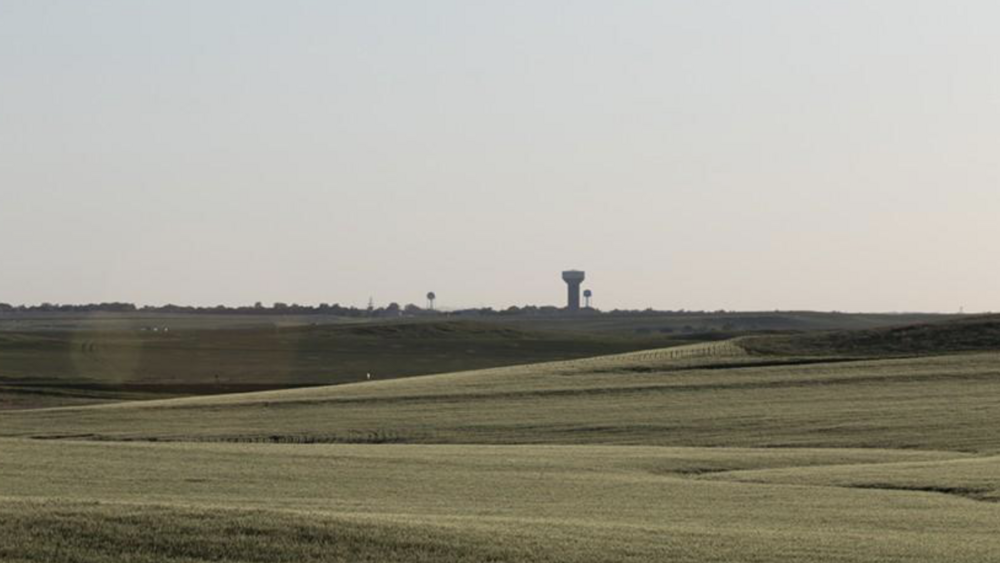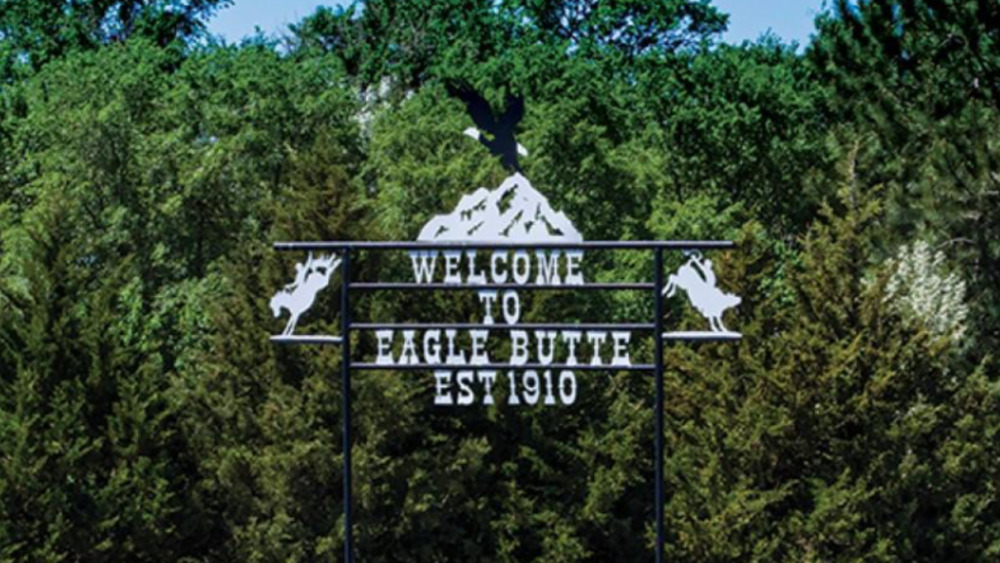Indigenous Governance Database
Native-owned banks
Thumbnail or cover image

Bankshot Episode 46 Report: Ignored by banks, Indigenous communities build their own financial system
As seen from the air, the land is an expansive, grayish-brown terrain cracked open by the winding Missouri River with scattered clusters of black dots. On the ground, the dots become cows — so many cows — and the land becomes a roiling sea of prairie grass heaving under currents of wind you can see…
Image

Bankshot Episode 46: Ignored by banks, Indigenous communities build their own financial system
EAGLE BUTTE, S.D. — The Cheyenne River Sioux Reservation is big, but it isn’t as big as it used to be. As seen from the air, the land is an expansive, grayish-brown terrain cracked open by the winding Missouri River with scattered clusters of black dots. On the ground, the dots become cows — so…
